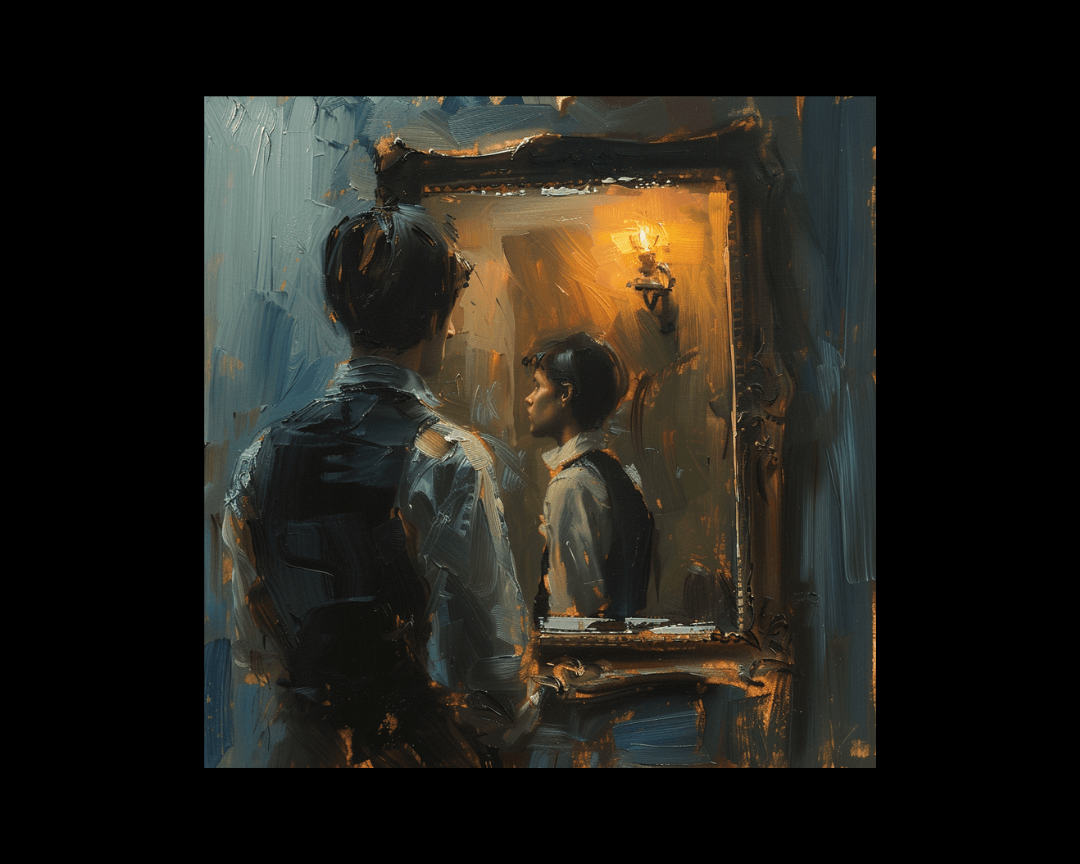The Labyrinth of the Soul: Characters And Internal Conflict
In the realm of fiction, conflict reigns supreme. It is the engine that drives the narrative, the spark that ignites the reader's imagination. While...
-1.png)
It's not just what we choose to say, but what we choose not to say, that holds immense power. To illustrate this, watch the Mormon Tabernacle Choir performing the Hallelujah Chorus from Handel’s Messiah. Notice the silence before the final “Hallelujah” – it's a moment so profound it overshadows all the sounds before it. This is the power of silence.
As writers, silence plays a role in various ways. Here are 7 Ways to Use Silence:
In The Elegance of the Hedgehog by Muriel Barbery, the character Renee Michel often chooses her words sparingly, creating an air of mystery and depth. This selective use of language allows the reader to focus on the profound thoughts she shares.
Tip: Reflect on whether the words you or your characters use are necessary. Sometimes, less is more. Overusing certain words or phrases can dilute their impact. Use silence to let important words resonate. Consider how your characters' selective speech can add layers to their personality and background.
In The Great Gatsby, F. Scott Fitzgerald masterfully reveals and conceals information, creating a sense of intrigue and mystery around Gatsby’s character. This selective revelation helps maintain suspense and keeps readers engaged.
Tip: Determine what aligns with your mission as a writer. Share ideas that support your narrative while keeping others hidden to maintain focus and depth. Decide which elements of your story should be explicit and which should remain implicit, allowing readers to discover them on their own.
In To Kill a Mockingbird, Harper Lee provides just enough background on Maycomb and its inhabitants to create a vivid setting without overwhelming the reader with unnecessary details. This balance helps maintain the story's pace and focus.
Tip: Always ask, “Does the reader need to know this?” If not, consider omitting it. Readers should be on a need-to-know basis. This approach keeps the narrative clean and engaging, allowing the reader to focus on the essential elements of the story.
In A Man Called Ove by Fredrik Backman, moments of silence are used to highlight Ove’s introspection and emotional struggles. These pauses give readers insight into his character and enhance the narrative's emotional impact.
Tip: Find moments to embrace silence in your writing process. Step away from the noise, take a walk, or meditate to let your mind rest and rejuvenate. Allowing your mind to wander can lead to unexpected creative insights and solutions to narrative problems.
In Pride and Prejudice, Jane Austen uses pauses in conversations to heighten tension and build suspense, especially during Elizabeth Bennet’s interactions with Mr. Darcy. These pauses add depth to their relationship and reveal unspoken emotions.
Tip: Use pauses in dialogue to reflect hesitation, tension, or unspoken emotions. This can make conversations feel more realistic and layered. Strategic pauses can also signal to readers that something important is happening beneath the surface.
In The Lion, the Witch, and the Wardrobe by C.S. Lewis, the use of silence, especially during the children’s exploration of the snowy landscape, creates an atmosphere of wonder and suspense. This silence enhances the magical and mysterious mood of Narnia.
Tip: Use silence to enhance the mood of your scenes. Silence can amplify fear, anticipation, or tranquility, depending on the context. Consider how the absence of sound or dialogue can emphasize the setting and the emotions of your characters.
In The Elegance of the Hedgehog, moments of silence and ambiguity allow readers to piece together the complex emotional landscape of the characters themselves. These gaps invite readers to engage more deeply with the text.
Tip: Give your readers space to infer and discover. Don’t spell everything out; let them engage with the text and draw their own conclusions. This approach can make your story more interactive and rewarding for readers who enjoy solving puzzles.
Write with Intentional Silence: Create a scene where silence is a central theme. How do your characters react to it? What does it reveal about them?
Practice Mindful Writing: Spend 10 minutes in silence before writing. Notice how this affects your creativity and focus.
Edit for Impact: Review a draft and identify areas where silence could replace words or dialogue. Experiment with removing text to see how it changes the scene’s impact.
Silence is a powerful tool in writing. It shapes how we communicate, enhances our storytelling, and deepens the reader’s experience. By understanding and utilizing silence, we can create richer, more compelling narratives.

In the realm of fiction, conflict reigns supreme. It is the engine that drives the narrative, the spark that ignites the reader's imagination. While...

In the realm of fiction, character reigns supreme. Readers experience the triumphs and tragedies, the loves and losses, the grand adventures and...
-2.png)
As seasoned writers, we understand that the art of crafting compelling scenes is at the heart of engaging storytelling. Goal-driven scenes, in...